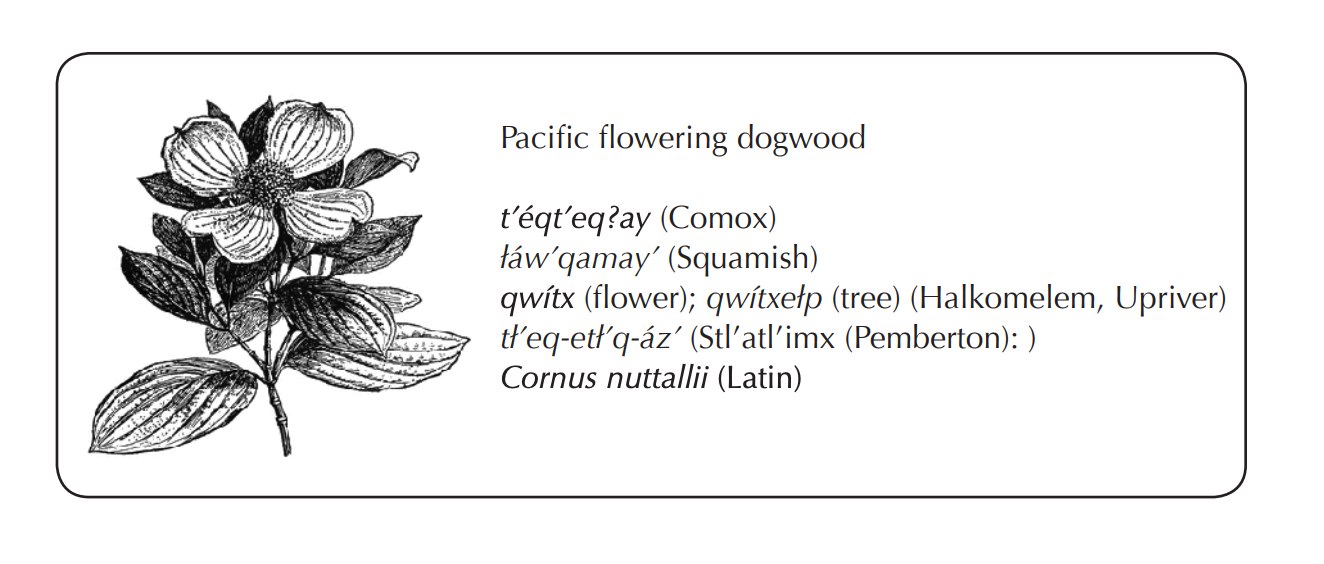As we mark National Day for Truth and Reconciliation, many of us are reflecting on how to bring Indigenous voices, knowledge, and history into our classrooms. One powerful way is through Science. When we highlight First Peoples’ traditional knowledge alongside scientific concepts, students see that there are many ways of knowing and understanding the natural world.
This week, Patricia, a Grade 6 teacher, wanted help brainstorming her Mixtures and Solutions unit. At first, she planned some tried-and-true activities like density towers. Then we noticed the curriculum’s call to explore First Peoples knowledge of separation and extraction methods. Suddenly, the unit took on new life. We pulled up a slide deck from ScienceBC and saw examples like pigments, oils, and plant extractions. That helped us imagine the unit in a different way.
Here’s some of the resources and ideas we came up with that blends science skills with cultural connections. Giving students a chance to test, compare, and reflect on different ways of knowing.
Project Brainstorm: Pigments and Plants 🌿
Students investigate how natural materials can be separated and transformed into useful products.
They will begin by experimenting with pigment extraction from berries, leaves, or spices. Using simple methods like soaking, crushing, or applying vinegar or heat, students test how much colour they can create.
Students will compare what they discover in their experiments with both traditional uses and modern scientific explanations.
Materials Needed 🥣
- Fresh or dried plant matter (berries, leaves, flowers, kitchen spices)
- Crushing utensils (cups and bowls)
- Small jars or cups
- Vinegar, hot water, coffee filters
- Paper or fabric for testing pigments
Resource 🎨 Here’s a lesson from IngridScience.ca that outlines methodologies. And another from the Invasive Species council of BC, Painting with Invasives.
Integrating First People’s Perspective 🪻
To help us integrate a First People’s perspective, the Science First Peoples teacher guide is especially useful.
The FNESC/FNSA Science First Peoples (5-9) Teacher Resource Guide provides educators with resources to support the integration of the rich body of First Peoples (unappropriated) knowledge and perspectives into Science, and other curricular areas.
The guide includes background information on how First Peoples’ perspectives in science can be recognized and included in science inquiry. It also offers curriculum planning suggestions, and provides examples of fully developed multi-grade thematic units that correspond with the BC curriculum.

Unit Two is where you'll find inquiry questions for different grade levels that help weave Indigenous perspectives directly into science investigations. Here's what we can integrate into Grade 6:
- In what ways is First Peoples’ traditional knowledge about mixtures evident in the ways they use plants. (e.g. infusing teas and medicines, whipping soapberries)
- How does First Peoples’ traditional use of extraction methods demonstrate their knowledge of the properties of certain plants?
- How do the plants growing in the local area contribute to First People's sense of place, as well as students’ personal sense of place?
Recommended Reading & Watching 🔖
Pull this all together by referencing books like Revered Roots. Or better yet, contact local indigenous educators, authors or artists and connect your class directly by booking a workshop or book reading.
- Lorainn Bird is a local Indigenous Métis herbalist and educator. Her book, Revered Roots, profiles the Indigenous folklore of some of the continent’s most treasured ancestral plants.
- Held by the Land: A Guide to Indigenous Plants for Wellness - Author Leigh Joseph, an ethnobotanist, member of the Squamish Nation and founder of Skwalwen Botanicals, provides a beautifully illustrated essential introduction to Indigenous plant knowledge. Also author of The Land Knows Me.
- WildcraftDyeing - Youtube Channel of local ecologist and dye maker.
- Recapping the Natural Dyes Workshop with Shaela Hill - UBC Botanical Garden
Resources You Should Know 🧡
- Strong Nations is a collection of books from Indigenous First Nations authors from around North America.
- Intro to Indigenous Culture Safety from NatureKids BC is a set of guidelines that NatureKids BC has established to help them take an anti-racist approach to indigenous knowledge programming. It’s a fantastic resource to familiarize yourself with if you’re curious about Cultural Safety.


